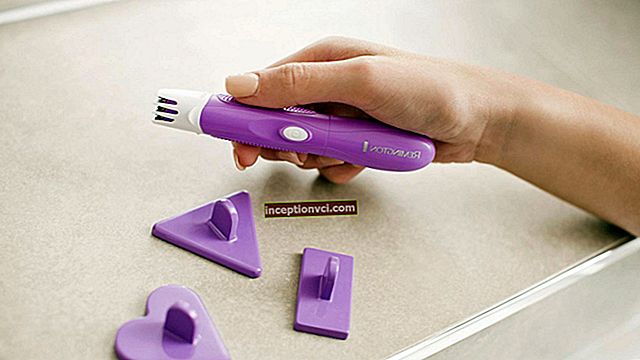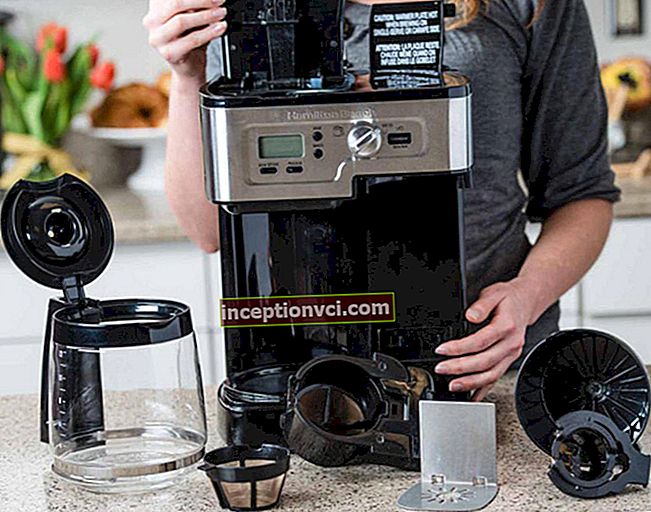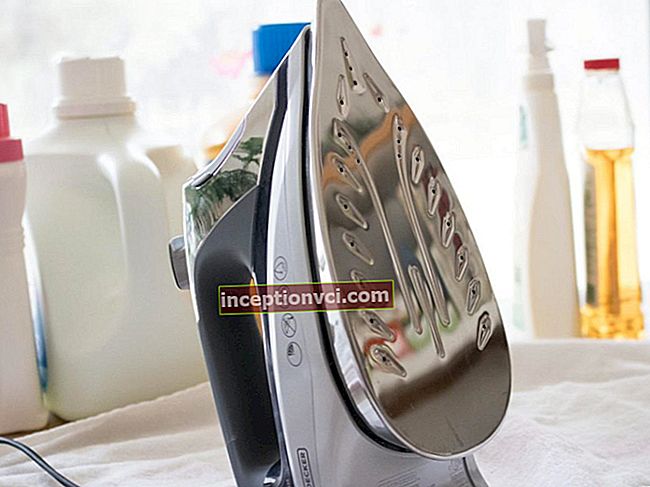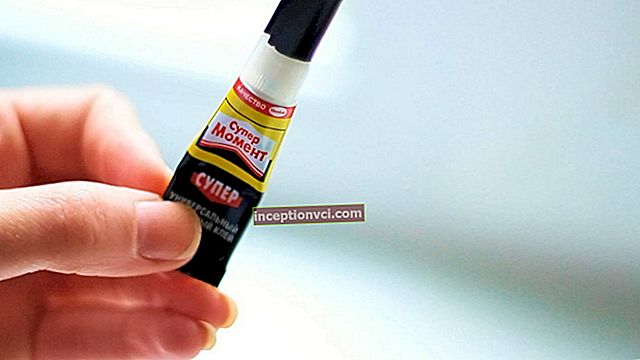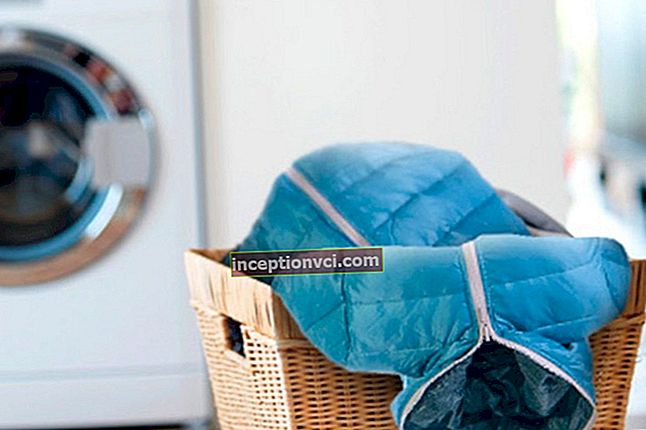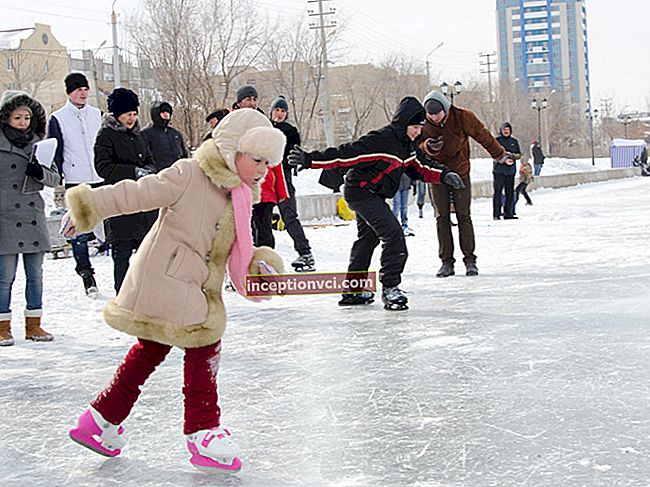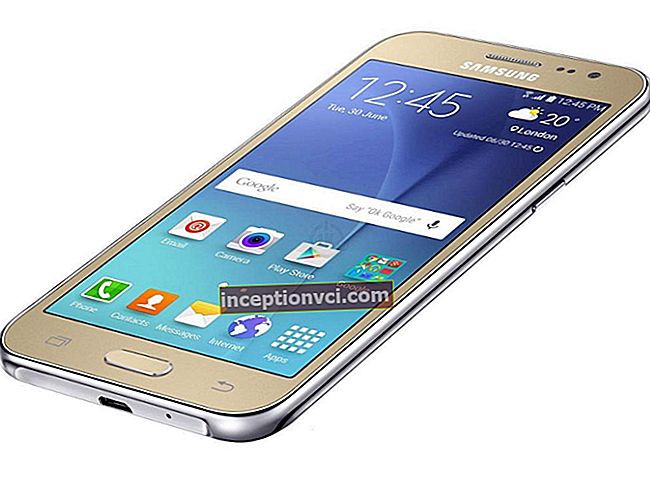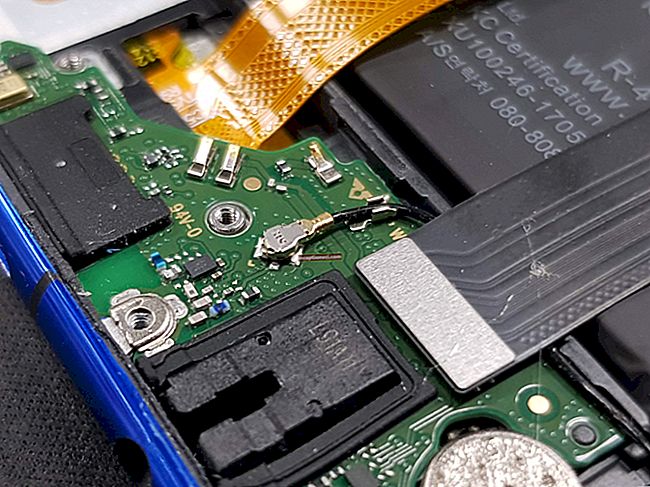Designer models of heated towel rails are changing the idea of familiar things.

But the complexity of installation and heating technology are the # 1 criteria when choosing a heated towel rail. They are divided into two types.
- In electric dryers, the heating element is of two types and depends on the shape of the device. In the "ladder" there is a heating element, in the swivel sections - a cable. Economical models consume 100 W or less (like an incandescent light bulb); energy-intensive - 800 W or more.

When there is no hot water, Mario Corner can be equipped with a heating element for 600 W
- The water ones are heated with hot water from the water pipe. Their temperature depends on the degree of heating of the water in the riser. The combined appliances are powered by electricity and are equipped with a power regulator. They are capable of heating water to the boiling point (100 ° C). The power regulator is built into the heated towel rail pipe. With the help of a light indicator, it displays the temperature of the water in the device (not in all models).

There are two essential parts in the water dryer set:
- plug, thanks to which the water is drained,
- Mayevsky's crane - a device for bleeding air.
If necessary, you can adjust the heat or get rid of air locks.
So, which towel warmer is better: water or electric?
| Water | Electric |
| +More economical to operate: does not consume W | + Easy to install: easy to hang anywhere |
| + Cheaper than electric | + Disconnect at any time as unnecessary |
| - Installed only next to a riser of warm water | + Provides heat, regardless of the presence of hot water in the riser |
| - When the water is turned off, it loses functionality | - "Tied" to an outlet |
| - Consumes electricity |
Brass or stainless steel?
Chlorine and rust particles are enemies of pipes. They provoke deposits and corrosion by corroding the metal from the inside. To choose the right water heated towel rail, pay attention to the material from which it is made. You should trust the manufacturer, who gives a guarantee for their products for up to ten years.
- Black and mild steel are not durable materials. Dryers based on them are the most "capricious", they quickly leak.
- Non-ferrous metal products (galvanized copper or brass) are more expensive than “black” steel. But they last longer.
- High-quality stainless steel heated towel rails (Laris, Mario) are made of steel grade AC 304. This material does not rust up to 50 years in continuous operation.
Manufacturers pay attention to the processing of threaded connections. Round, oval or rectangular pipes are used to assemble a heated towel rail. They have different wall thicknesses - in the lintels 1.5 mm, in the racks - 2 mm. Thanks to this feature, the material at the joints does not become thinner during welding. Dryers are reliable and durable.
How to choose an electric and water heated towel rail?
- If you live in an apartment building with centralized heating, choose a side-connected hot water towel warmer. Such models are the least sensitive to water hammer, which occurs when the supply of warm water to the system is resumed. This will keep you safe from the troubles associated with pipe breakouts.
- For residents of their own houses with an autonomous heating network, heated towel rails with a bottom connection are optimal. Depending on the pipe layout, they can be connected diagonally.
- For homes without water supply, it is better to choose an electric heated towel rail. It works regardless of whether the house is supplied with water. Plugs into an electrical outlet with a voltage of 220 W. The only requirement that is standard for all devices is that the socket must be grounded. This will protect you from electric shock.
Pay attention to the diameter of the pipes in the device. It should match the diameter of the riser pipe in the house. If it is impossible to foresee the details for installation (connection), you will have to buy what is needed - adapters of the required diameter, taps, paronite gaskets, FUM sealing tape or tow.
How to connect a heated towel rail
It is better to entrust the connection of the device to the network by a specialist, but if necessary, you can do it yourself.
- Level the dryer and use a ceramic drill to make holes in the tiles. Using a concrete drill, drill holes to a depth that matches the length of the dowels.
- Insert dowels into them and screw the tubular posts with screws.
- Place the legs of the heated towel rail on the racks and fix them with the side screws.
- Connect the device to the pipe. Adapters correctly selected in diameter can be easily tightened by hand. Tighten thoroughly with a wrench. The flat end of the threaded joint will tightly press the paronite gasket, eliminating leakage.
Interesting article: "Smart shower with tropical rain effect - having tried it once, you will never change"
Watch the video on how to choose a heated towel rail and what adapters are needed to connect
